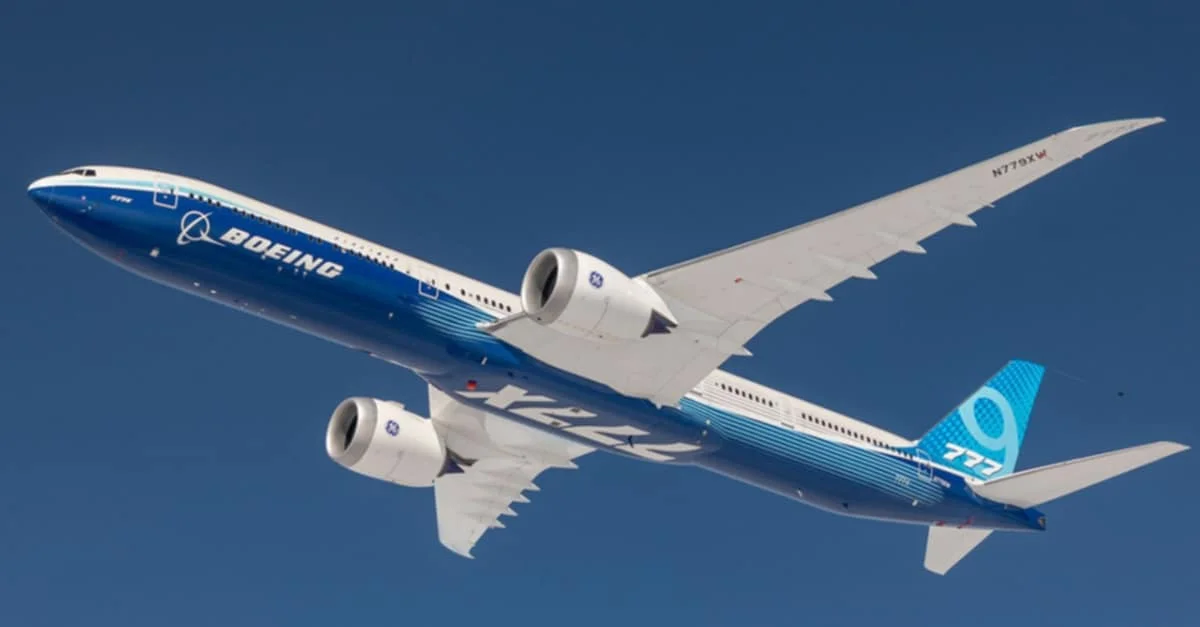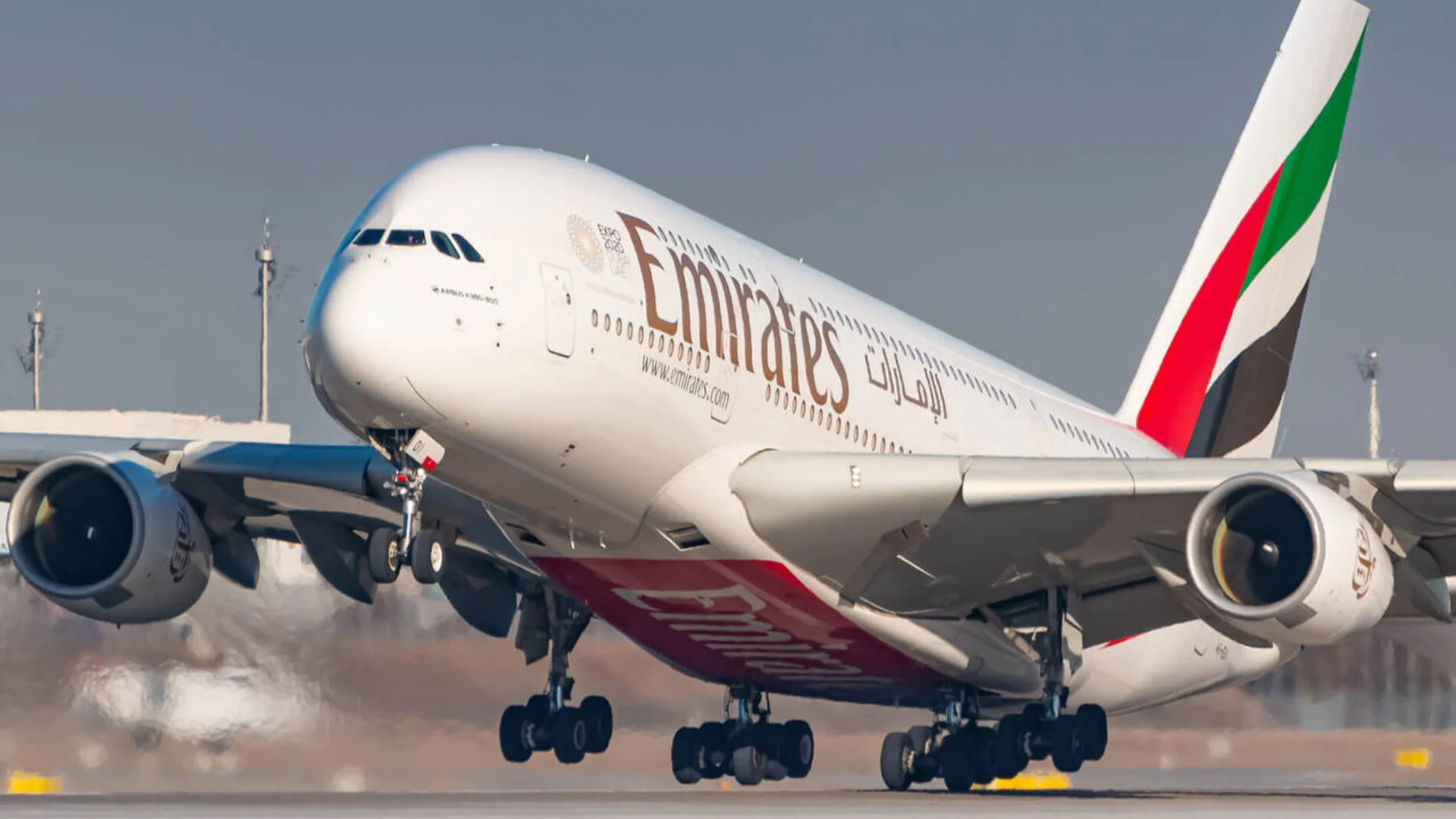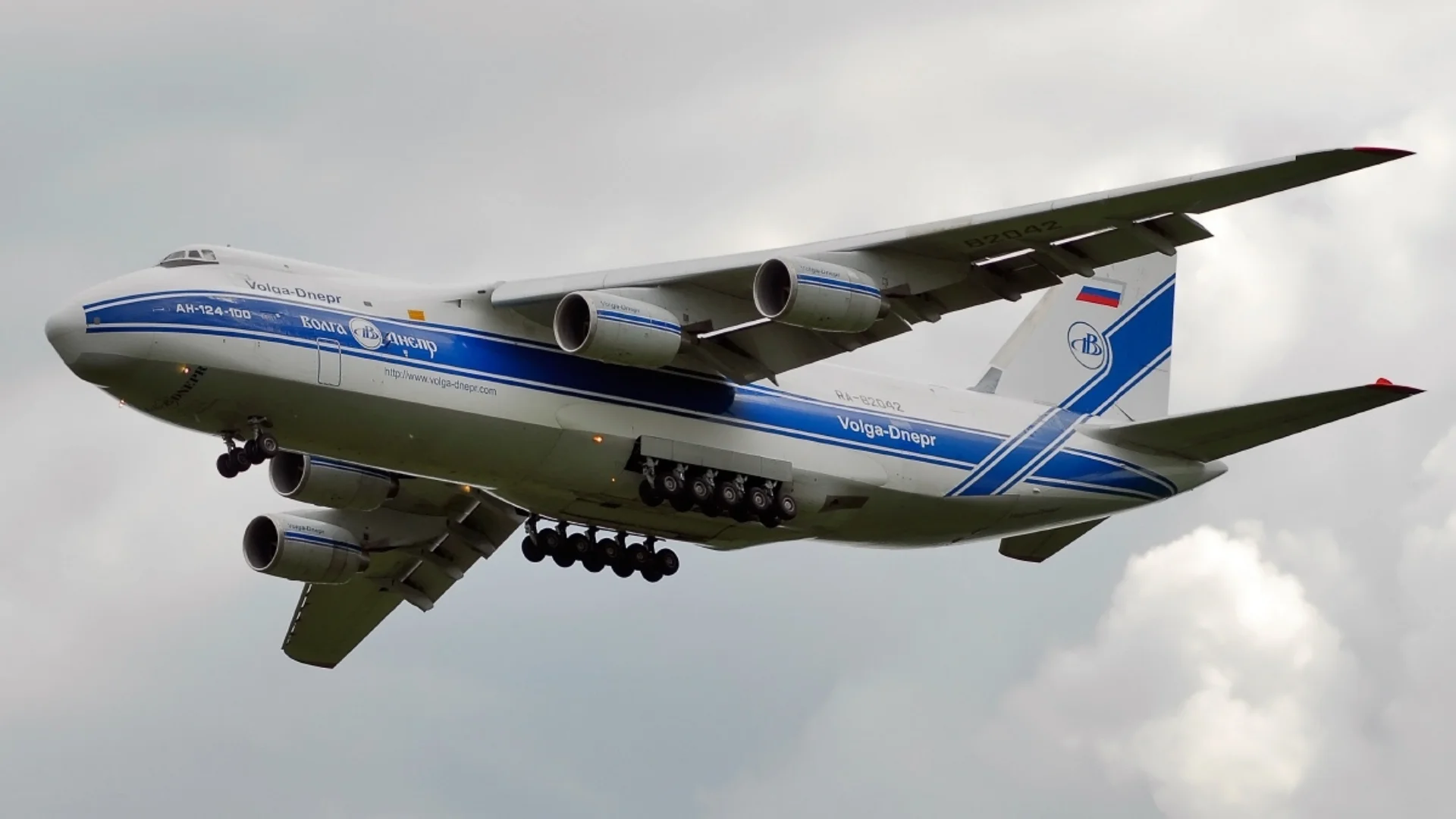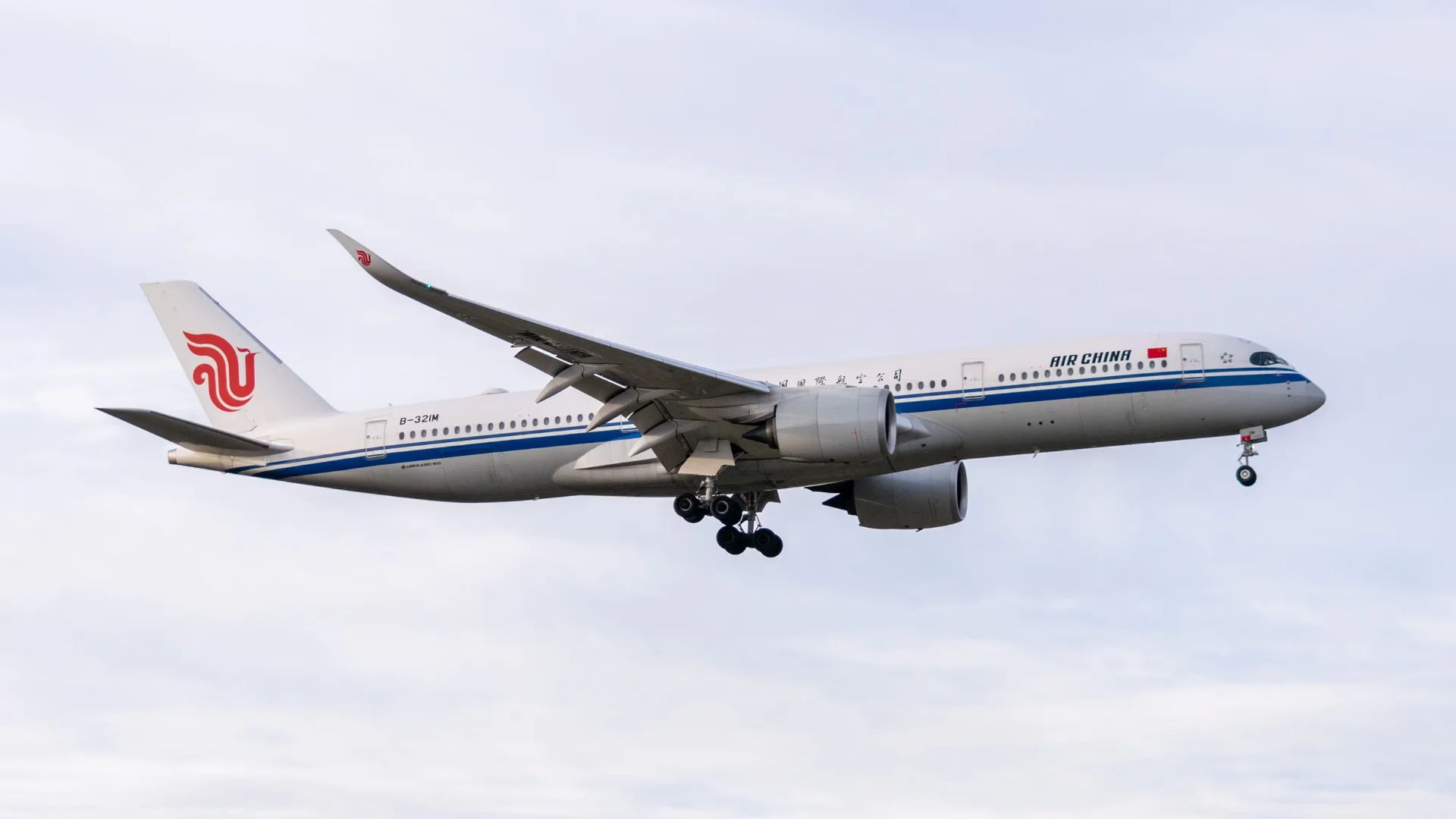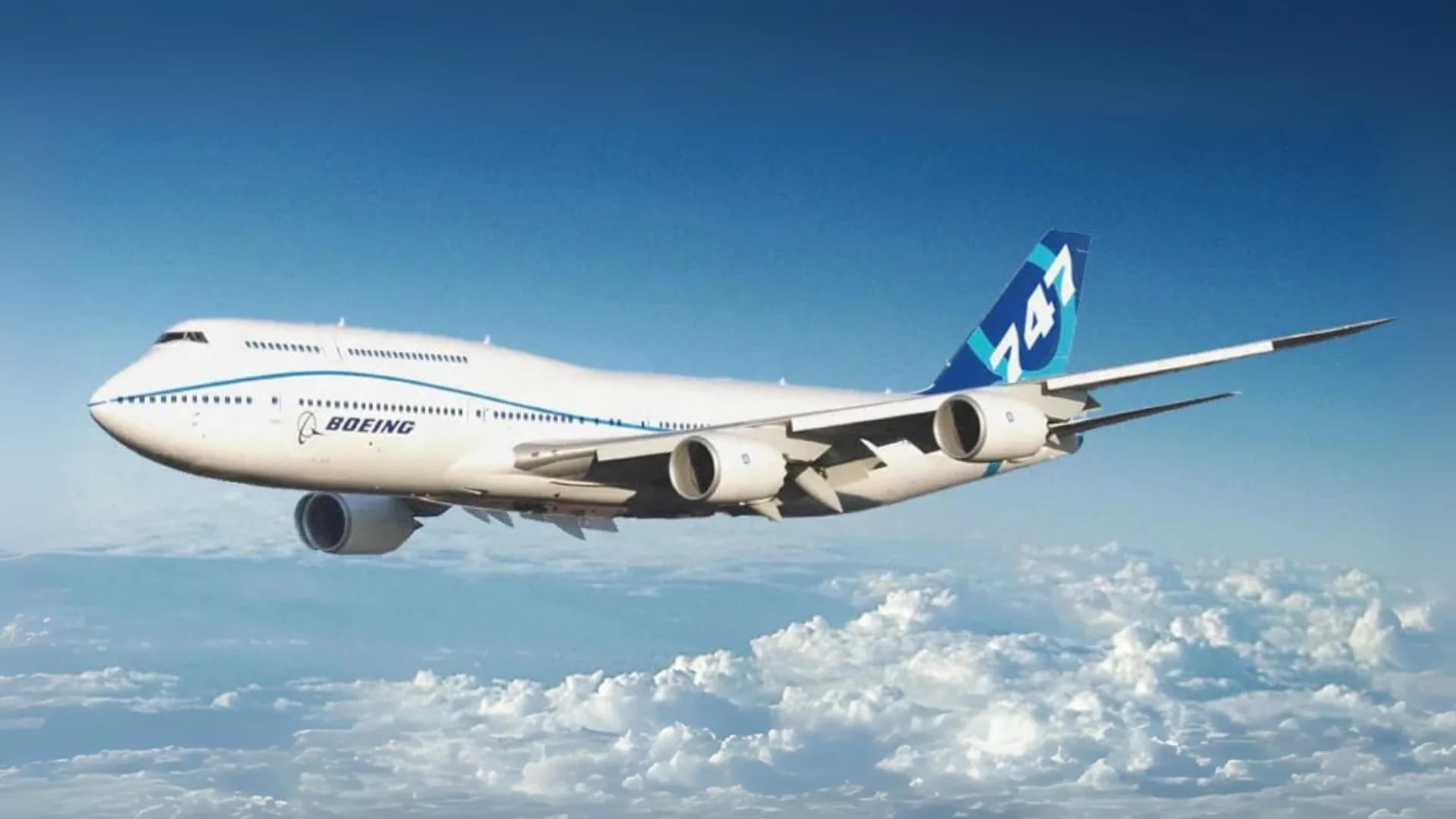The Boeing 777X has been undergoing certification testing, with its fourth test aircraft taking flight recently. Boeing aims to complete certification this year, which would enable the first B777-9 delivery to launch customer Lufthansa in 2026.
However, a feature from the original B777X concept will not be part of the final design. Engine chevrons, known for their jagged appearance and noise-reduction capabilities, were initially included but have since been discarded. These structures were developed through a collaboration between Boeing, General Electric (GE), and NASA over two decades ago.
Chevrons are designed to reduce jet engine noise by smoothing the mixing of hot exhaust air with cooler outside air. This results in less turbulence and lower noise levels during takeoff and landing. Although chevrons have proven effective in reducing fan tones by up to 15 decibels, they also impact engine thrust.
 Alerts Sign-up
Alerts Sign-up




